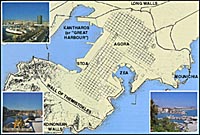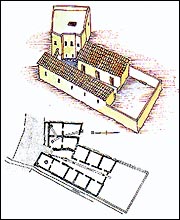 | At the same time, the economy recovered, commercial activity in Piraeus was boosted, and the city’s fleet reconstructed. This rather rapid recovery in the economic and military sectors created the appropriate conditions for Athens to lead another alliance, known as the Second Athenian Confederacy. Within this league, Athens was to undertake several military operations and proved politically very active, partly encouraged by the failure of Sparta either to free the Greek world or to replace the former Athenian League with another that could bring about a change in balance in Greek affairs. |





